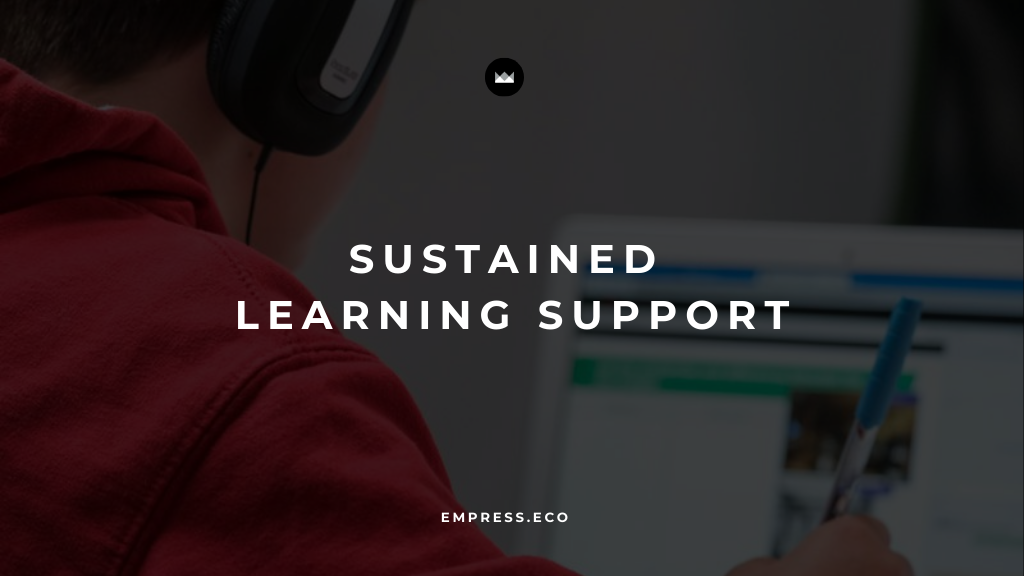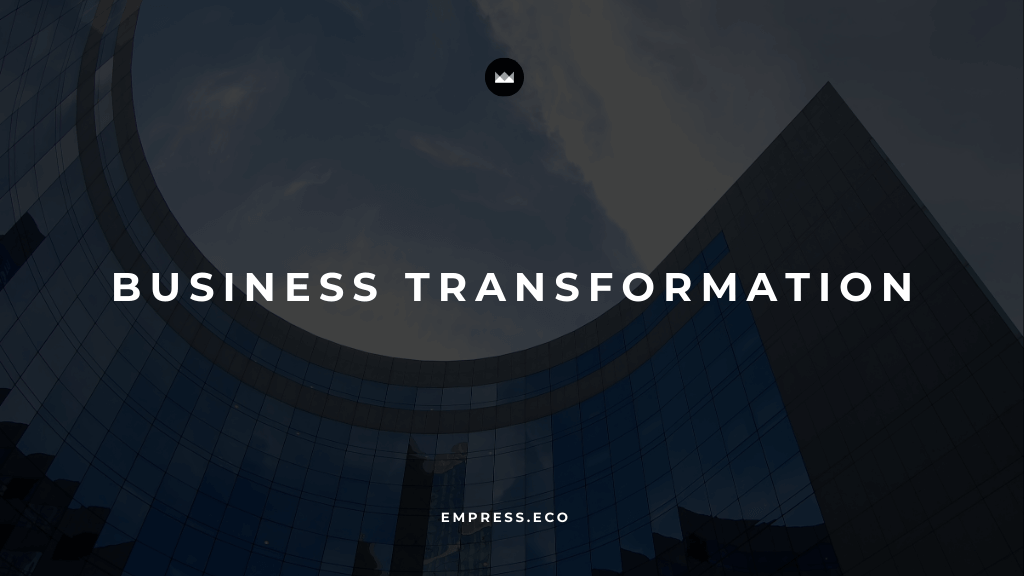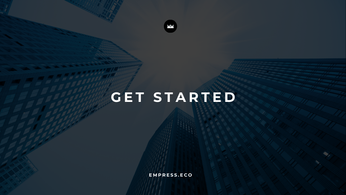
Achieve Continuous Growth with Expert Learning Support Solutions
How mentorship and resources can provide your team with the continuous growth opportunities they need to stay ahead.
Table of Contents
The ability to learn and adapt has become essential. For organizations, the question is no longer whether to invest in learning and development, but how to do so effectively to ensure that employees continue to grow and contribute to the company’s success. This is where Ongoing Learning Support comes into play—a strategic approach to fostering continuous growth through mentorship, resources, and a culture that values lifelong learning.
This blog explores the importance of continuous learning, the benefits of Ongoing Learning Support, and how organizations can implement this approach to empower their teams and drive success.
Understanding Ongoing Learning Support
Ongoing Learning Support is not just another training initiative; it's a comprehensive approach to professional development that emphasizes continuous learning over time. Instead of relying on one-off training sessions that provide a temporary boost in skills, Ongoing Learning Support ensures that employees have continuous access to educational resources, mentorship, and development opportunities.
The goal is simple: to create a learning ecosystem within your organization where employees are encouraged to continuously improve, adapt, and innovate. This approach not only enhances individual capabilities but also strengthens the organization as a whole, making it more resilient and competitive in an ever-changing market.
Key Benefits of Ongoing Learning Support
The advantages of implementing Ongoing Learning Support are multifaceted. Here’s how this approach can benefit both your employees and your organization:
1. Enhanced Skill Development
One of the most significant benefits of Ongoing Learning Support is the continuous development of skills. In a rapidly changing job market, the skills that were relevant yesterday may not be sufficient tomorrow. By providing employees with ongoing access to learning resources, you ensure that they can develop new skills and refine existing ones, keeping their capabilities aligned with the latest industry standards.
For example, consider a marketing team that needs to stay up-to-date with the latest digital marketing trends. With Ongoing Learning Support, they can access online courses, attend webinars, or read industry publications regularly. This continuous learning enables them to apply the latest strategies and tools to their work, ensuring they remain effective and competitive.
2. Increased Employee Engagement
Employees who feel that their organization is invested in their growth are more likely to be engaged and motivated. Ongoing Learning Support fosters a sense of purpose and belonging by providing employees with opportunities to advance their careers and develop new competencies.
Engaged employees are not only more productive but also more likely to stay with the company long-term. When employees see that their organization is committed to their development, they are more likely to reciprocate with loyalty and dedication, reducing turnover and the associated costs of recruitment and training.
3. Improved Retention Rates
High employee turnover is costly and disruptive. One of the key drivers of turnover is a lack of opportunities for growth and development. When employees feel that they have hit a ceiling and there is no room for advancement, they may start looking for opportunities elsewhere.
Ongoing Learning Support addresses this issue by providing continuous development opportunities, ensuring that employees feel they can grow within the organization. This approach not only improves retention rates but also helps build a more experienced and capable workforce, which is essential for long-term success.
4. Adaptability and Innovation
In a business environment characterized by rapid change, the ability to adapt is crucial. Ongoing Learning Support encourages employees to embrace change and think creatively, driving innovation within the organization.
For instance, in a tech company, ongoing learning might involve regular updates on new programming languages, software development methodologies, or emerging technologies. By staying current with industry developments, employees can contribute innovative ideas and solutions that keep the company at the forefront of its field.
5. Contribution to Organizational Success
As employees grow and develop through continuous learning, they become more effective contributors to the organization’s goals. Whether it’s improving efficiency, increasing sales, or enhancing customer satisfaction, well-trained employees are better equipped to drive success across all areas of the business.
Moreover, a culture of continuous learning can help align individual growth with organizational objectives, ensuring that everyone is working towards the same goals. This alignment enhances overall performance and competitiveness, making the organization more agile and responsive to market demands.
Implementing Ongoing Learning Support
To effectively implement Ongoing Learning Support in your organization, a strategic approach is essential. Here are some key strategies to consider:
1. Establish a Learning Culture
The foundation of Ongoing Learning Support is a culture that values continuous learning. This means creating an environment where learning is encouraged, supported, and recognized as a critical component of both individual and organizational success.
Leaders play a crucial role in establishing this culture. By demonstrating a commitment to their own learning and development, they set an example for others to follow. Additionally, organizations should celebrate learning achievements and provide recognition for employees who actively pursue growth opportunities.
For example, you might implement a “Learning Champion” program where employees who complete a certain number of courses or achieve specific learning milestones are recognized at company meetings or receive rewards. This not only motivates the individuals involved but also encourages others to participate in ongoing learning.
2. Provide Access to Resources
Ongoing Learning Support is only effective if employees have access to the resources they need. This includes a wide range of learning materials, such as online courses, workshops, webinars, and industry publications. The key is to ensure that these resources are easily accessible and relevant to employees’ roles and career goals.
For instance, a sales team might benefit from access to the latest sales techniques and negotiation strategies, while a development team might need resources on new programming languages or software tools. By providing targeted learning resources, you ensure that employees can continuously improve in areas that are most relevant to their work.
Additionally, consider offering a mix of learning formats to cater to different preferences. Some employees might prefer self-paced e-learning modules, while others might benefit more from in-person workshops or collaborative learning experiences.
3. Implement Mentorship Programs
Mentorship is a powerful tool for personal and professional growth. By pairing employees with mentors who can provide guidance, support, and insights into career development, you create a dynamic learning environment that fosters continuous growth.
Mentorship programs can be formal or informal, but the key is to ensure that they are structured in a way that allows for meaningful interactions and learning opportunities. For example, you might implement a formal mentorship program where experienced employees are matched with newer team members, with regular check-ins and goal-setting sessions.
Mentors can help employees navigate challenges, explore new career paths, and develop the skills needed to advance within the organization. This not only benefits the mentees but also helps mentors develop their leadership and coaching abilities.
4. Set Clear Learning Objectives
To maximize the effectiveness of Ongoing Learning Support, it’s important to set clear learning objectives for employees. These objectives should be aligned with both the individual’s career goals and the organization’s strategic priorities.
Work with employees to create personalized development plans that outline specific skills they need to develop, the resources they will use, and the milestones they aim to achieve. Regularly review these plans to track progress and make adjustments as needed.
For example, an employee in a marketing role might set a learning objective to become proficient in data analytics within six months. Their development plan might include specific courses on analytics tools, hands-on projects to apply their learning, and regular check-ins with a mentor to discuss progress.
5. Leverage Technology
Technology plays a crucial role in enabling Ongoing Learning Support. Learning Management Systems (LMS) and digital platforms can help deliver, track, and manage learning activities across the organization.
An LMS allows you to create personalized learning paths for each employee, monitor their progress, and assess their performance. It also provides a platform for delivering various types of learning content, from e-learning modules to video tutorials and interactive quizzes.
Furthermore, technology can enhance the scalability of your learning initiatives, making it easier to provide continuous learning opportunities to a large and diverse workforce. For example, you might implement an online learning portal where employees can access resources on demand, participate in virtual workshops, and collaborate with peers.
Challenges and Considerations
While Ongoing Learning Support offers numerous benefits, there are also challenges to consider:
1. Resource Allocation
Providing continuous learning opportunities requires a significant investment of time, effort, and resources. Organizations must prioritize these investments based on strategic goals and employee needs.
For example, you might need to allocate budget for new learning materials, invest in an LMS, or hire additional staff to support learning and development efforts. It’s important to ensure that these investments are aligned with the overall goals of the organization and provide a clear return on investment.
2. Balancing Work and Learning
One of the challenges of Ongoing Learning Support is ensuring that employees can balance their workload with learning activities. Overloading employees with too much training can lead to burnout and decreased productivity.
To address this challenge, consider offering flexible learning options that allow employees to engage in training at their own pace. You might also work with managers to ensure that learning activities are integrated into the workday in a way that doesn’t disrupt regular responsibilities.
For instance, you might set aside specific times during the week for learning activities, or offer shorter, micro-learning sessions that employees can complete during breaks or downtime.
3. Measuring Impact
Evaluating the effectiveness of Ongoing Learning Support can be complex. It’s important to establish clear metrics and goals from the outset to assess success and make informed improvements.
Consider using a combination of qualitative and quantitative measures to evaluate the impact of your learning initiatives. For example, you might track changes in employee performance, productivity, and job satisfaction before and after implementing Ongoing Learning Support. Additionally, gathering feedback from employees on the relevance and usefulness of the learning resources can provide valuable insights into areas for improvement.
Conclusion
Ensuring continuous growth with Ongoing Learning Support is a powerful strategy for organizations seeking to stay competitive and drive success. By providing employees with the mentorship and resources they need to develop their skills and advance their careers, companies can enhance engagement, retention, and overall performance.
As the pace of change accelerates, embracing continuous learning will be essential for achieving long-term success and maintaining a competitive edge. At Sage, we are committed to helping our clients create a culture of lifelong learning that empowers their teams and drives organizational excellence.
Are you ready to build a culture of continuous learning in your organization? Let’s work together to create a customized Ongoing Learning Support program that empowers your employees and supports your business goals.
Empress Newsletter
Join the newsletter to receive the latest updates in your inbox.







